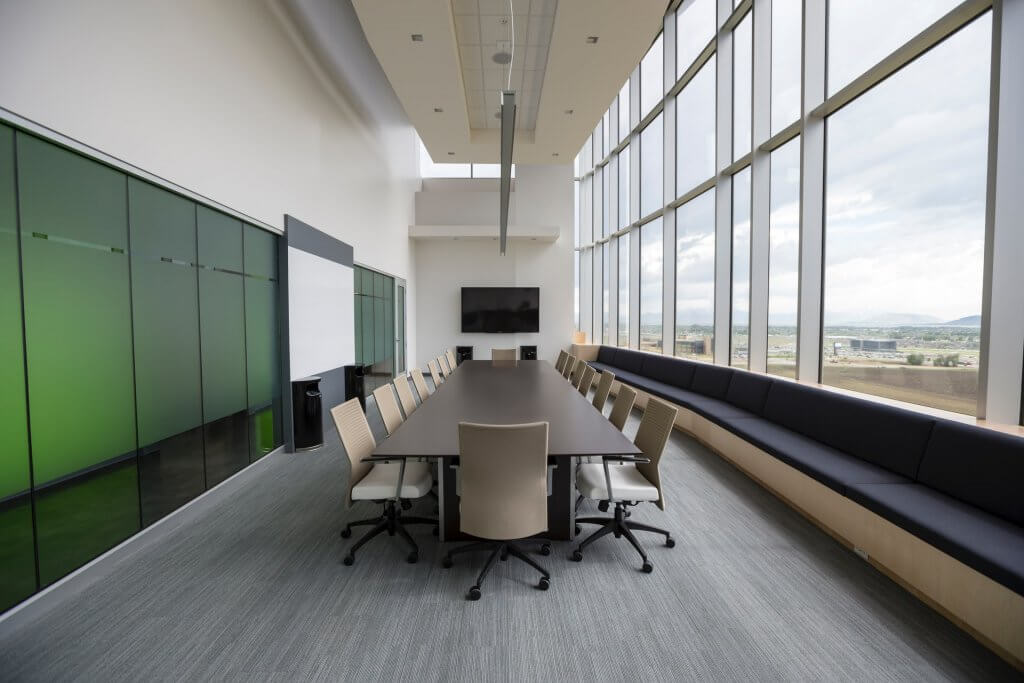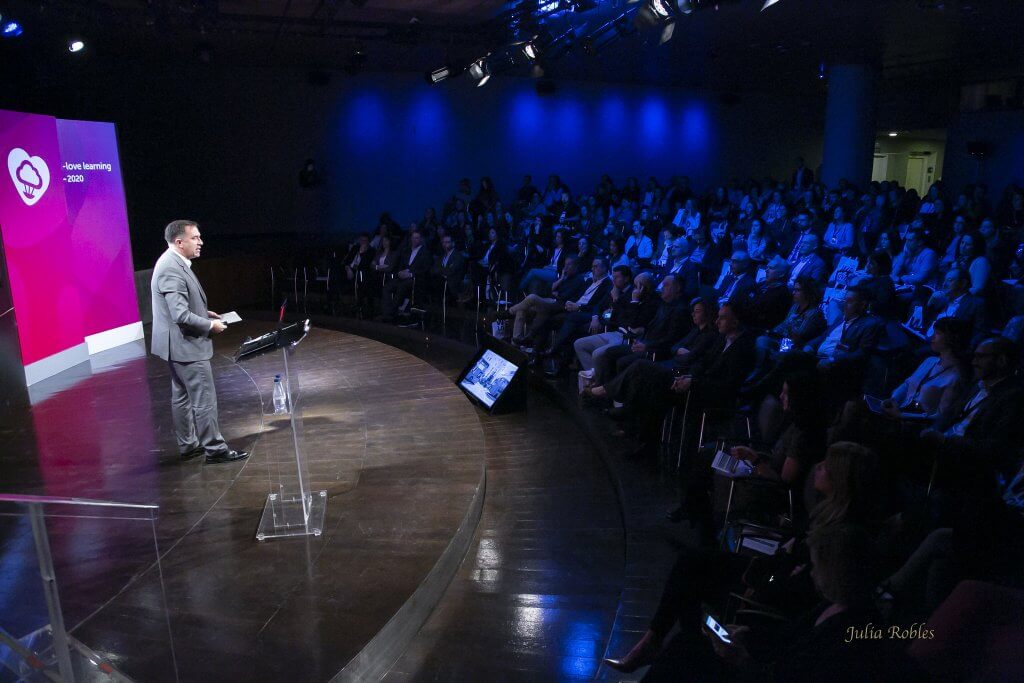Share
The impact of COVID-19 is not over. As much of the world emerges from lock down and begins to return to work, we will find it has changed. And not just physically. Yes, we may have to be distant at work, and not socialize in the same ways in the evening, but the greatest change will not be physical. It will be mental.
The world has been engaged in a vast, drawn out, communal experience, with over 3 billion people (at its peak) locked down and, in many cases, working from home. Despite often difficult circumstances, this has been more successful than anyone would have guessed. In many cases what might have seemed impossible in January has become routine by April: we have run large meetings over the internet, we have successfully brainstormed virtually, and we have discovered that people can – and will – learn online.

Donald H Taylor, talking in i love learning 2020
In my role as chair of the Learning Technologies Conference, I talk to learning systems vendors regularly. Everyone I have spoken to during this period has reported the same phenomenon: a rise in the use of their systems during lock down. And we’re talking huge numbers. Vendors who would have been happy with a 20% increase in uptake are reporting systems usage increasing by 200, 300 or 400% and more.
For years I have been told that meetings need to take place face-to-face. We have learned that this is not so. For as long as we have been able to deliver content online, we have been told this was only useful for a limited range of learning. We now know this is not true. People can learn far more online than was ever thought possible.
When we return to work this will have profound implications.
Until the beginning of this year, work was measured by hours spent in the office. When we return to our offices, work will be measured in terms of outputs. And we will care far less where the work happens – in the office, at home or anywhere – as long as the work is done. This is not a new idea. Since 2003, the employees of blogging site WordPress have worked remotely. Now over 1,000 of them work in 72 countries, remotely, and incredibly effectively.
Matt Mullenweg is the co-founder of the open-source blogging platform WordPress, the most popular publishing platform on the web, and the founder and CEO of Automattic.
This is not to say that we do not need physical proximity in our lives. We do. We need to meet people socially and at work. We need to talk casually and share. Smart organisations will recognize this and make time for it. But in the future any physical coming together is likely to be planned, rather than left to chance. Why the change? Two reasons: time and money.
Some employees will want the flexibility of working from home, some will not want to commute to work – especially in large cities – but the core driver will be cost. Space is expensive. If people can work effectively remotely – as we’ve discovered they can – why pay for the office space? As for time, it is faster and less disruptive to get people together online, especially when those people may be based in more than one location. As we increasingly work in disparate teams, this is going to become the norm, as it already is for companies like WordPress.
This is the big shift that we will find coming back to work. In the past, any online activity had to be justified. Now that has been turned around. From a world that was primarily physical, we will move to one that is digital by default.
For learning and development, the implications are mixed.

Photo by Benjamin Child on Unsplash
In some ways the news is good – management is open to the idea of online learning. But it may have preconceived ideas about what it means – often they will believe that ‘online learning’ is a lecture over Zoom. Some people will have had a very bad experience with online learning solutions that were produced too rapidly in response to Covid-19. And, of course, it will not be long before the financial argument is brought up: “You used to need a classroom, and trainers, and now you can do it all online. Great! I’ve cut your budget by 60%.”
We have seen this before. In the wake of the New York terrorist attacks on 11th September 2001, air travel was banned in the US and demand for elearning soared. Much of it was very low quality – PowerPoint decks placed on a server with a ‘Click Next’ button on each slide. And along with this, L&D budgets and jobs were cut, often dramatically. The legacy was a decade in which ‘elearning’ was a dirty word and the profession became vastly under-staffed.

Online learning has made huge strides towards credibility. But to use it well, we need to establish the role of the L&D function itself at work. If it is seen as no more than a fulfillment service, a department that delivers courses, L&D after Covid-19 will see budget cuts. If, however, we can establish the value of learning to the organization, then L&D will be seen both as a tactical partner (delivering courses) and a strategic one, that helps the organization reach its goal.
To achieve this, L&D professionals have to change what they do.
L&D professionals have worked hard during lock down to keep things running. Now, as we return to work, they must seek out the managers and executives where they work and engage them in conversation, pointing out that we have learned how to do things well, but we are still learning. Everything is still in beta. L&D and managers need to work together closely to establish the performance issues that L&D can fix, and the business goals these align to. This last point is essential.
This is the moment for us to shift the conversation from how we do things to why we do them. By concentrating on why we add value to the business, we will not only preserve the budgets of L&D departments, we will establish a greater, strategic role for L&D.
WordPress stats: 2020’s Most Surprising WordPress Statistics.
Share


